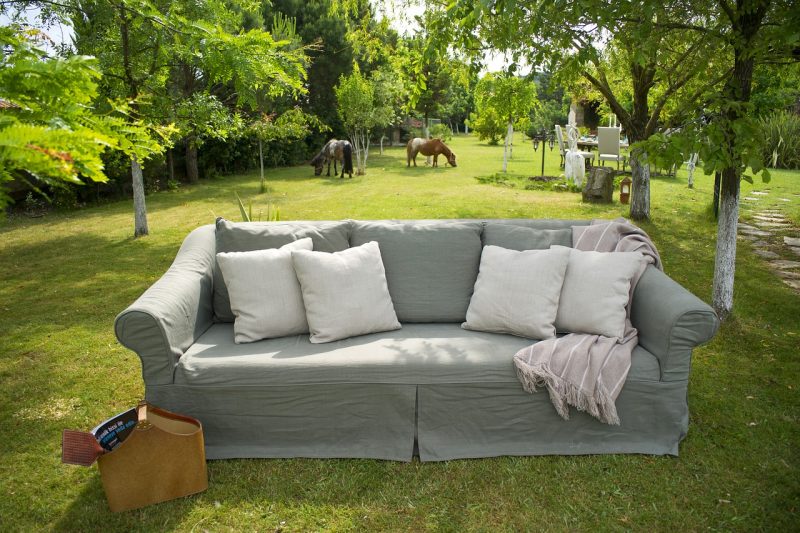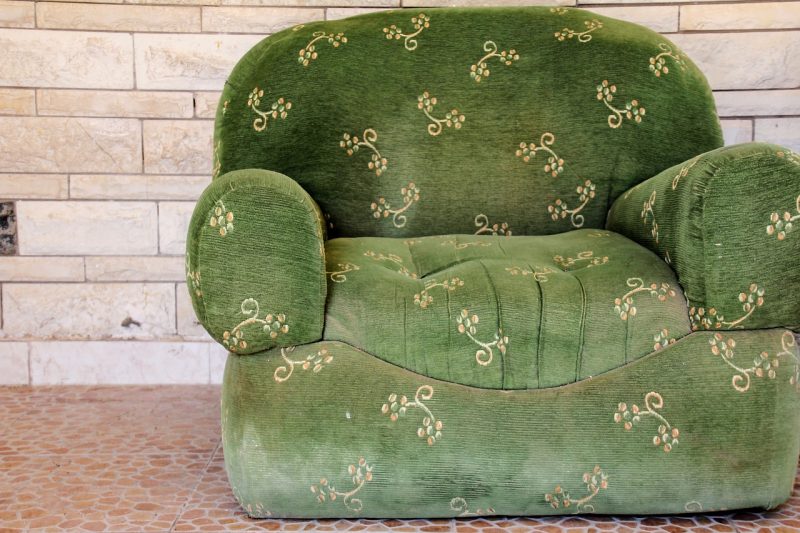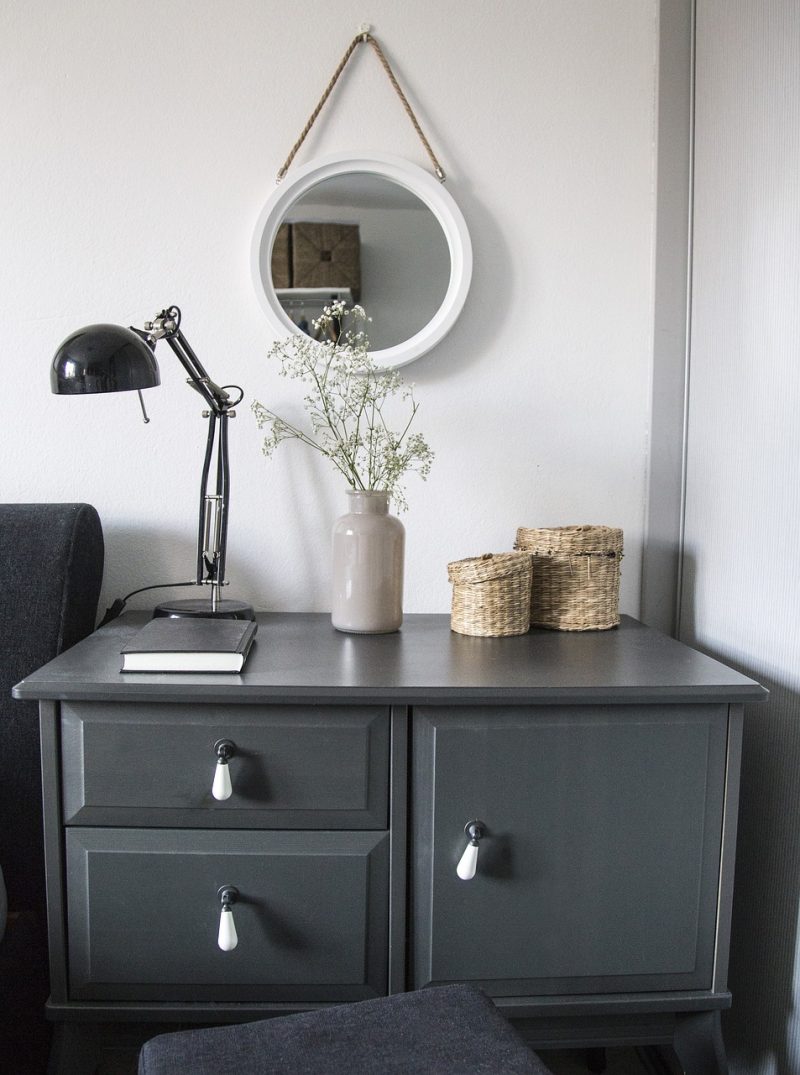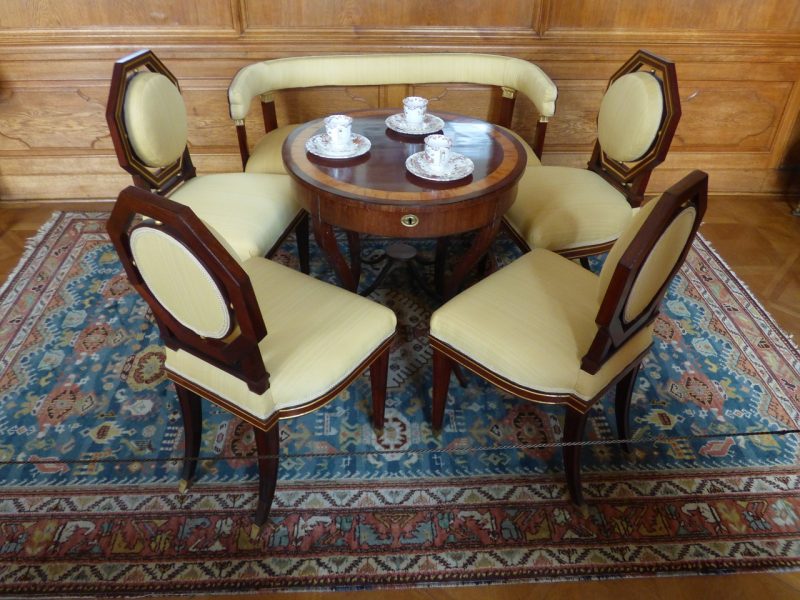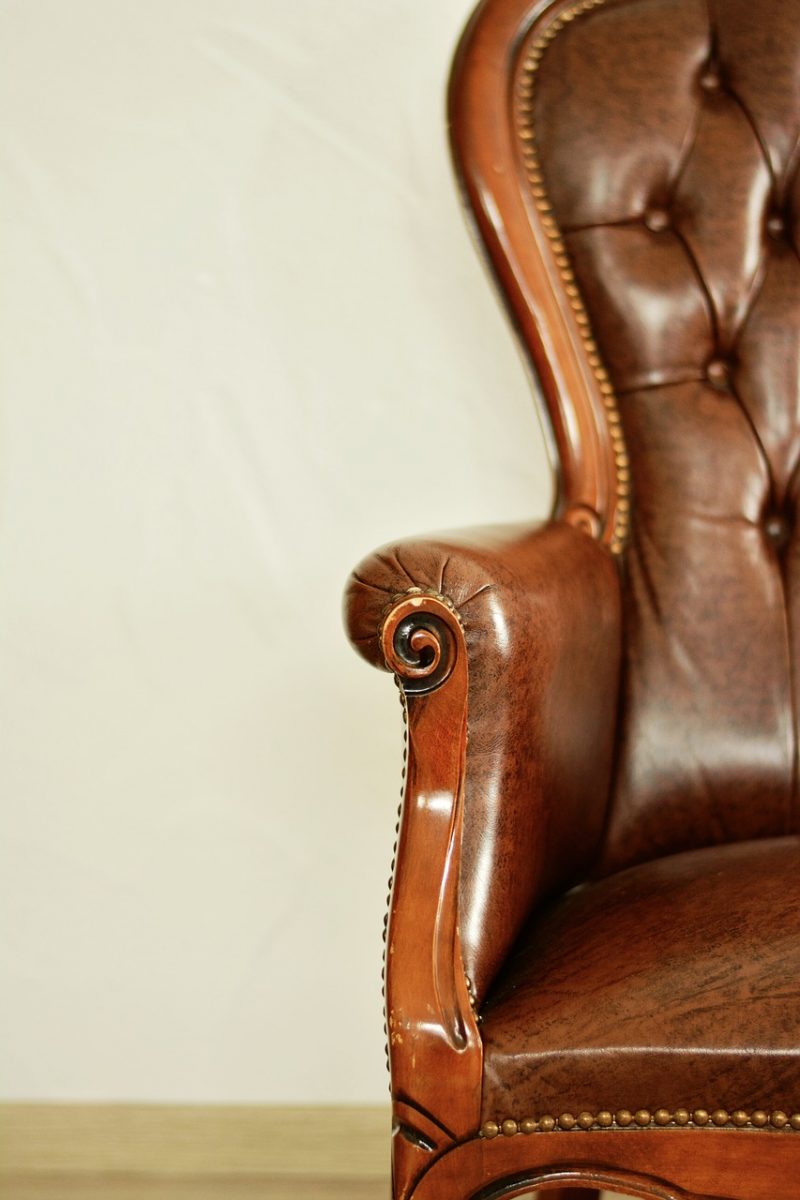6 Tips to Follow When Starting Home Furniture Restoration Project
Before you decide to buy new set of furniture, why not consider restoring the old ones you have at your home? Restoring old furniture is economical. Not only that, you are preserving memories from the distant past and it’s even better than purchasing new furniture. When restoring old furniture, you are placing a new value on it that can lead in reuniting the past and the present.
Restoring your old furniture is simple, innovative and inexpensive way to make it look new without spending too much money. Below are the friendly tips from Wincrest that you can follow:
Plan your budget
Of course, your project should have enough budget for repair, tools and paint. Careful planning will help in the success of your home project.
Consider painting or coating your old furniture
First, you have to strip off the old paint or coat of your furniture. In removing the old coat, the best material to use is a rough piece of sandpaper. Strip off it again using fine-grade sandpaper this time to make your furniture free from the old coat. Wash down your furniture with mineral spirits to remove excess coat. You’re now ready to apply a new coating. For an old paint, you can remove it by using a chemical paint remover that is safe. Clean up the furniture with soap and warm water then apply mineral spirits for excess paint.
Fill in the holes and cracks
Before refinishing the furniture, make sure there are no holes or cracks. off the old paint or coat then wood filler can help you to fill in the holes and cracks. If this does not work, you have no choice but to put another layer of wood to finish it. Then, use sandpaper the next day to level off the wood fill. A professional furniture restoring company would be able to lend a hand if you do not have enough time to do it.
One should have a good set of tools. If you consider restoring your old furniture, then you must also invest on tools that would help you to start and finish the project.
These are the tools you need:
- Sandpaper
- Putty knives (plastic and metal)
- Phillips head
- Flathead screwdrivers
- Small hammer
- Rubber mullet
- Wood glue
- Soap
- Measuring tape
- Plastic gloves
- Paint brush
- Toothbrush
Look for a handy guidebook
If you still don’t have an idea on what to do or where to start on your furniture restoration project, get a guidebook to find the answers on your questions. It’s better to have a guidebook than looking up on it on the internet.
Repair before repaint
If your furniture has some damages like crack or broken hinges, repair it first.
Be safe
Yes, it’s not a chemical-related project but you still need to put safety first. Wear long-sleeved clothing for skin protection and safety glasses to shield the eyes. You can also wear a mask when putting a varnish on furniture.
You’re ready now to start your furniture restoration project any time soon.
About the author:
Candice Larson works for ad firm and juggling time with post-grad school. She likes reading lifestyle, travel, and home improvement blogs.


